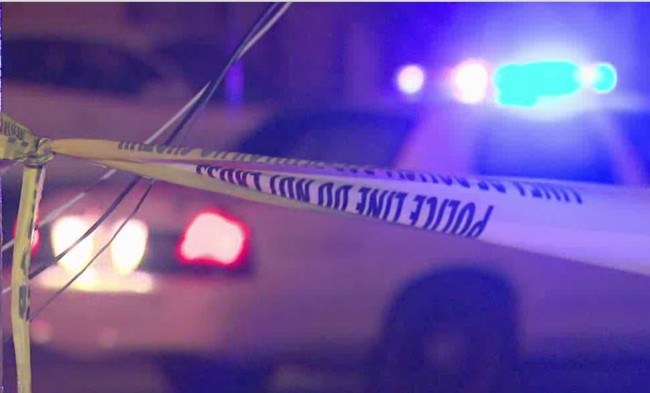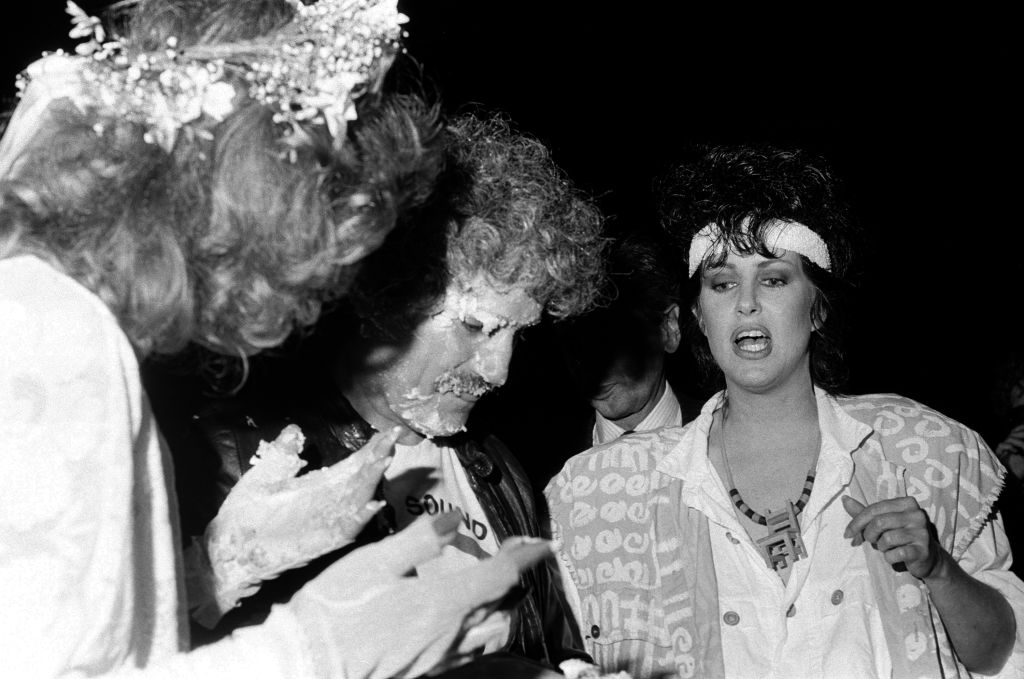Study: Indy Near Bottom in Access to Healthy Food
(INDIANAPOLIS) – A national health ranking puts Indy among the cities most hurt by so-called food deserts.
The American College of Sports Medicine says more than one in six Indianapolis residents lacks ready access to nutritious food, either because they can’t afford it or don’t have a nearby store offering more than snack food.. That’s the 10th-worst in the group’s rankings of the 100 largest U.S. cities.
Indy Hunger Network executive director Kate Howe says poverty affects both ends of food insecurity. If a neighborhood doesn’t have a customer base with the money to go grocery shopping, stores won’t open there and a food desert will develop.
The ACSM says gaps in public transportation are often a contributor to food deserts, and Howe says that’s one factor in Indy. And she says about a third of those who are eligible for food stamps don’t sign up.
Ball State economist Michael Hicks suggests part of it is geography. Of the 100 largest cities, Indy is the ninth-largest by area, but with relatively low population density. Two other low-density urban centers, New Orleans and Lubbock, Texas, rank even worse than Indy on the food-desert list.
Howe says her organization has been working to get the word out to people about the federal assistance programs available, though she speculates the low participation rate may reflect not a lack of awareness but a Hoosier independent streak. The Hunger Network also offers cooking classes with a focus on healthy dishes.
Legislators have toyed with the idea of state subsidies to make it financially worthwhile for stores to open in food deserts. Hicks says some large chains like Wal-Mart have experimented with small-box versions of their stores, with fewer different products on the shelves. And he says IndyGo could look at running extra routes on weekends, when people are more likely to do their shopping.















